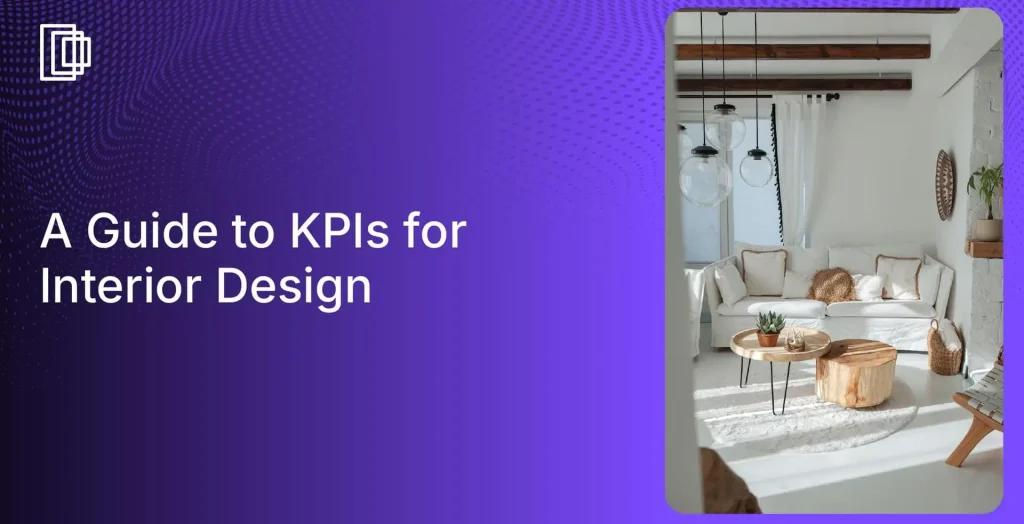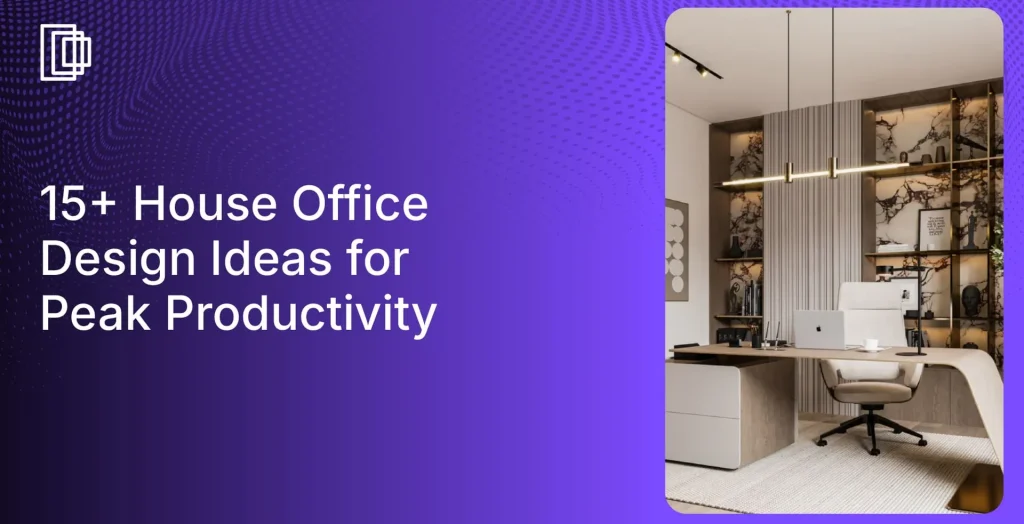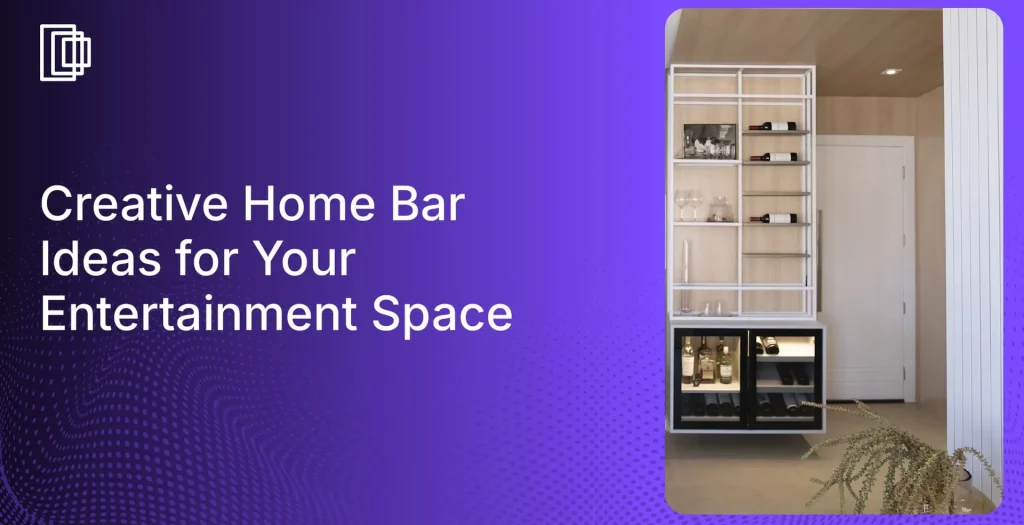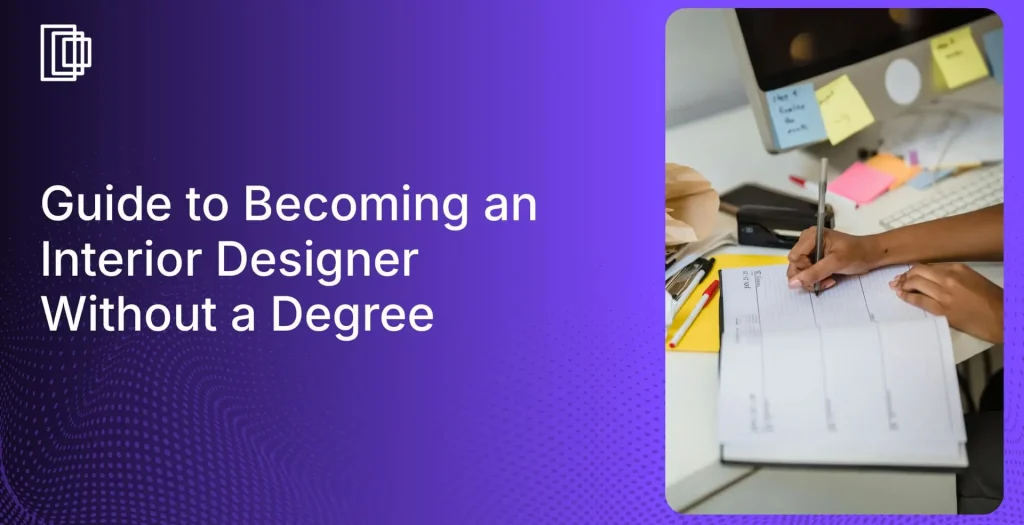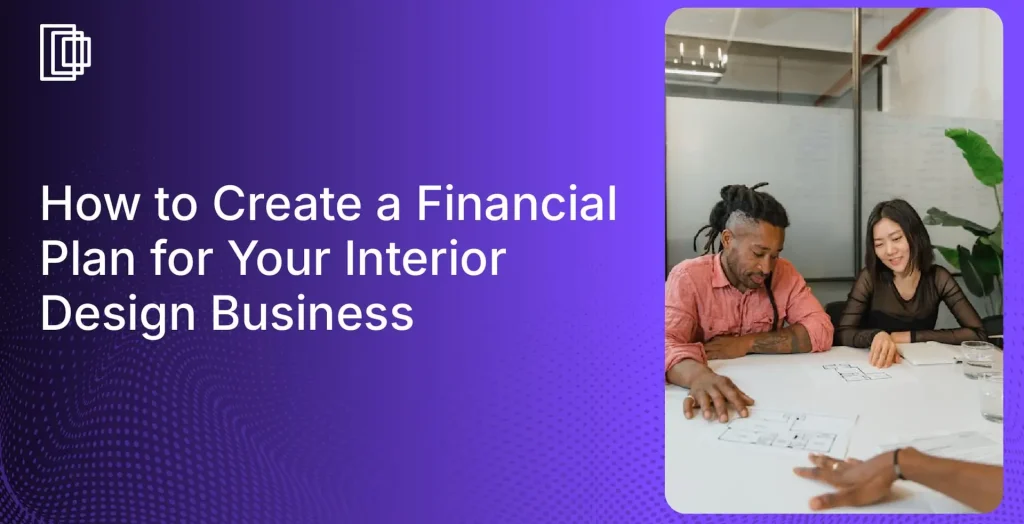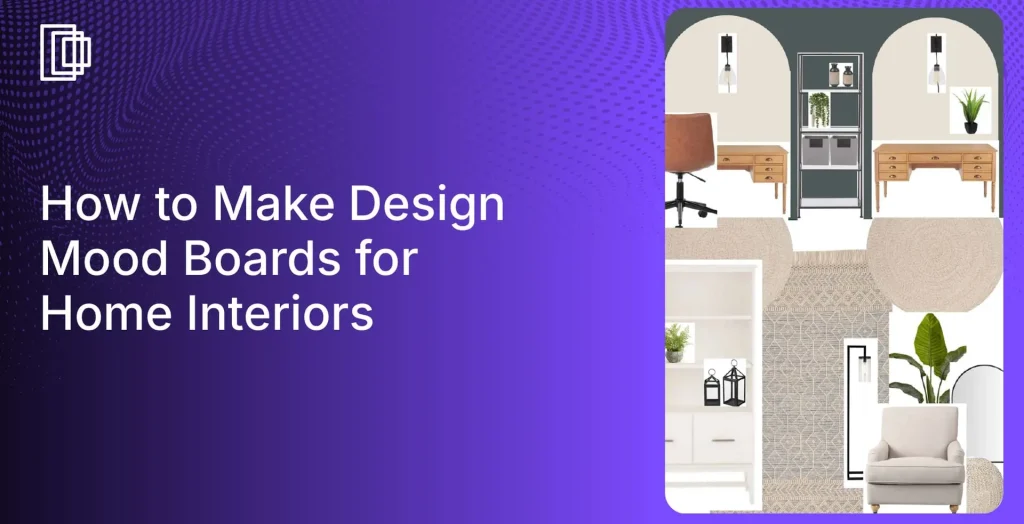Running an interior design business is both an art and a science. As a business owner, it’s critical to know what is happening in your firm. From the nitty grittiness in finance, procurement, marketing and sales.
Even when your primary roles are based on the creativity aspect, an all-around perspective like pricing and outlook is necessary when benchmarking. You can know how healthy your business is by using key performance indicators for interior designers (KPIs). These interior design KPIs provide a scorecard for your firm’s health. You can review your design processes and core interior design KPIs on a monthly, quarterly, or annual basis.
Read also – 12 Digital Marketing Strategies for Interior Designers
Interior Designers Job Responsibilities
As an interior designer, it’s your bottom line responsibility to meet up deadlines and key deliverables. Your role also involves choosing loose finishes and coupling sampling boards. It’s also your role to ensure the spaces are used and how people will navigate through them, creating a timeline for the interior design projects and estimating the project costs.
Your associate interior designer’s role includes defining the project’s requirements, scheduling briefs, interpreting and translating customers’ needs to workable plans. It’s also your role to enhance client satisfaction through your creative team.
The interior design KPIs are designed to address and ensure that interior designers fulfil their mandates, complete projects on time, and interface with designers, architects, and construction companies. These KPIs also ensure the organization remains customer-centric through positive interactions.
Real-time interior design KPIs ensure that short-term negative trends are reversed before they have disastrous effects that can affect a company. It is crucial to track elements such as creative interpretation of client’s requirements such as space planning, designing, costing, budgeting, ordering materials and overseeing the installations. Well-defined interior design project management processes can help define these responsibilities from the start.
Read also – Highest Paying Interior Design Jobs
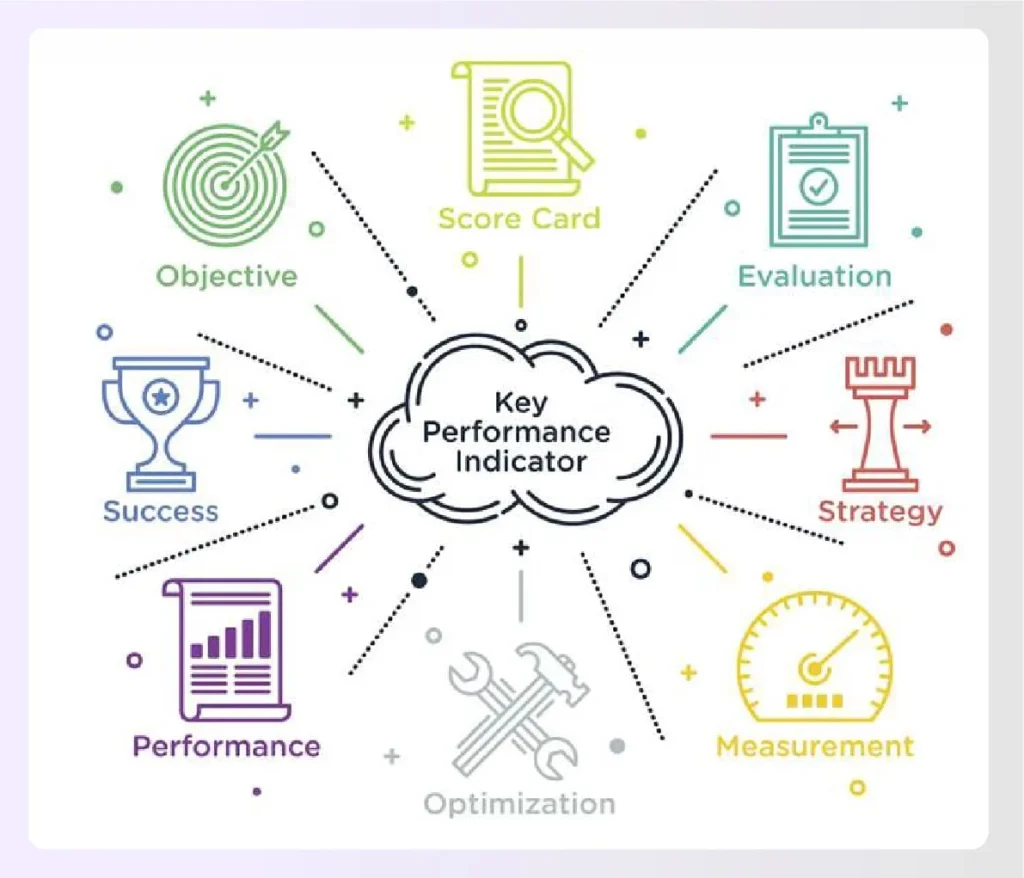
KPIs Essential To Architects:
1. The overhead multiplier
It is attained form the cost of non-related project expenditures like indirect expenses and indirect labor which is expressed as a percentage of the total direct labor. It’s an essential measurement as it determines a firm’s profitability’s lower overhead multiplier means a higher profit margin. You can decide to do important KPIs on a quarterly basis or annually to maintain accountability to your stakeholders. These financial interior design KPIs are critical.
In order to reduce the overhead you will be required to lower the overhead expenses (at or below 175%) of the total direct costs. When it’s greater than the rate, an immediate action should be taken to lower it as it will have dire consequences to your design team in terms of inputs and performance measurement.
2. Utilization rate
It’s a percentage of the hours spent on billable projects vs. the total number of hours worked. Utilization is essential to firms that charge their time and need to maximize the productive time of their employees as it determines the overall productivity of the firm. The utilization rate illustrates the efficiency and overall employees’ performance by comparing the billable and non-billable hours. The utilization rate is attained by dividing the billable hours worked over the total available work hours.
3. Effective cost rate
It’s the actual cost of each person’s employment based on the tasks they perform. The usability measurement gives a true picture of the employees’ costs on an hourly basis and helps in determining what should be billed for the employees’ services to remain profitable and enhance user experience. The costs are not the same and they differ from different projects and types of jobs.
Checking on individual jobs can help in knowing valuable information regarding the baseline job workflows. The effective cost rate shows the average costs of an employee. Effective cost rate is calculated by the cost amount over the total actual hours billed. The actual cost on these interior design KPIs is attained by the actual hours multiplied by the cost rate of the billed time.
Read also – Interior Designer Fees
4. Work in progress (WIP)
It is the value of billable hours and expenses that a firm has not yet billed. WIP can assist in forecasting the expected revenues. It also helps managers to know how far the work is progressing and its position. The business owner can use WIP together with their accounts receivables as a booster when applying for commercial credit. Other firms account for the WIP on their balance sheets and when invoiced, it is recorded as revenue in the income statement.
To gauge the WIP, you can decide to follow up on its functionality on a weekly basis. If it’s lower than others, it could mean not all employees are utilizing their time effectively. Some projects do not bill their WIP on an hourly basis; therefore complicated calculations will be required.
5. The net multiplier
It’s the ratio of net operating revenue to the total direct labor. When direct labor is used as an investment, the net multiplier will be a measure of the returns on investments. It also indicates the amount of revenues generated from every direct labor and indicates the actual performance. The net multiplier is attained by net operating revenue over the total direct labor. The net operating revenue is supposed to be greater than the operating revenues.
Read also – 10 Investment Tips for Interior Designers
6. The aged accounts receivables
It indicates the unpaid customer invoices and the unused credit memos by the date ranges. It is important when determining which invoices are overdue for payments. By calculating the averaged aged accounts receivables, they will show the average number of days it will get to get paid from the invoiced date.
The aged accounts receivable is attained by the annual average accounts receivables over the operating revenues then divided by 365 days. Outstanding invoices should be collected within 30 days of the invoiced date. When the average aged accounts are greater than 30 days. It may need re-examining your invoicing processes and developing a better way of collecting what’s owed.
Read also – 15 Bookkeeping Tips for Interior Designers
7. Profits to earnings ratio
It indicates a firm’s effectiveness in completing projects profitably. It’s achieved by dividing the profit by the net operating revenue. The profit is attained after subtracting the expenses and salary. To calculate the profits to earnings ratio, the profit before distribution and taxes divided by the net operating revenue. The higher the number, the more profitable your firm is. Learning how to run a profitable interior design business depends heavily on this metric.
8. Net revenue per employee
It shows on average how much revenue each employee generates. It shows how effective your employees are and helps in forecasting a more realistic range of future annual net operating revenue. The net revenue per employee is calculated by dividing the company’s net revenue by the current number of employees.
Read also – How To Raise Funds for Your Interior Design Business?
Importance of KPIs in measuring success for Interior Design Business
Interior design KPIs are laid to measure a company’s costing, budgeting, meeting client’s needs and tracking the different phases of interior design process. Interior design key performance indicators are designed to track and measure the interior designer’s ability to draw up, implement and manage an interior design project from conceptualization to success.
The higher the metric, the higher the capability of the interior designer and successful outcomes on the project. Good interior design KPIs will track and measure the extent to which the interior designer is able to determine the project’s goals and requirements. Lacking this skill will render a business unsuccessful.
KPIs for Finance and Operations
1. Cash flows
It is key for any business to know how their finances are being used. It has three categories to establish the exact usage. There is the operational cost which basically deals with the daily usage of resources that generate the net income. The investing activities deal with cash activities related to non-current assets (Assets with a life p of more than a year).
The financing activities deal with cash activities related to non-current liabilities and the owner’s equity. Effective cash flows will assist the business owner in knowing about their revenue growth, operating margins, and capital efficiency. You can be shrewd as a business owner by confirming your bank statements on a monthly basis to ensure no fraudulent activities are happening in your company. The sooner suspicious activities are detected, the easier it will be to solve them. Good financial management for your interior design business starts with monitoring cash flow.
Read also – 10 Tips To Improve Cash Flow For Interior Design Business
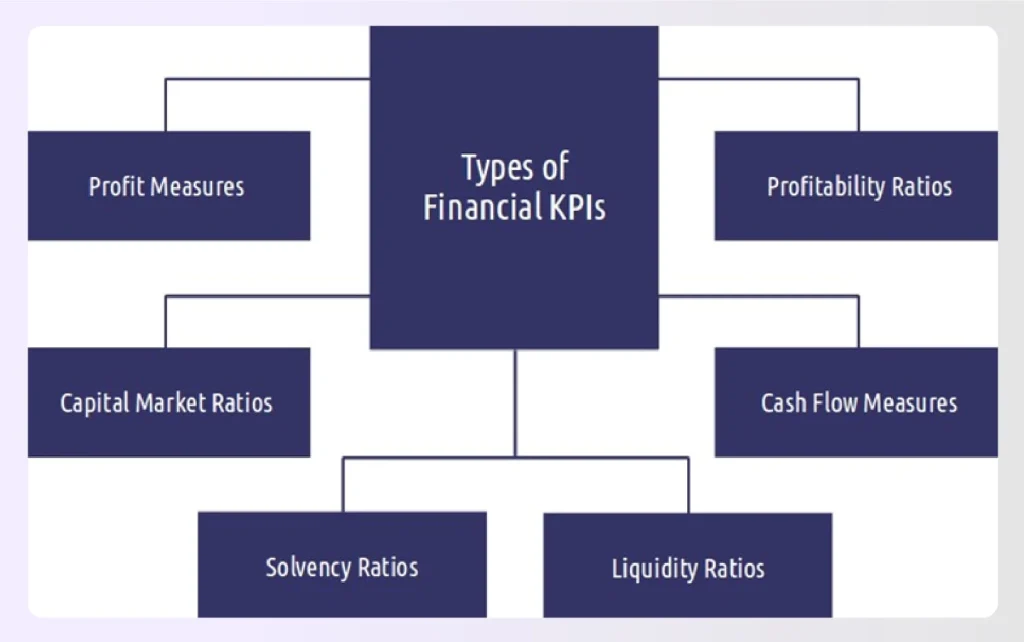
2. Assets and liabilities
You should always check out your debts against your income. It’s crucial to make time with your accountant and financial advisors for your new business’ profitability and growth. Your design managers will also project reports. You can rely on financial sourcebooks such as general ledgers, financial statements, account reconciliation statements, and sales tax reports.
3. Number of projects and payment schedules
Map out your future timeline by projecting your future expenses and future sales. It will help you plan for your future expansion, and reserves to meet your obligations.
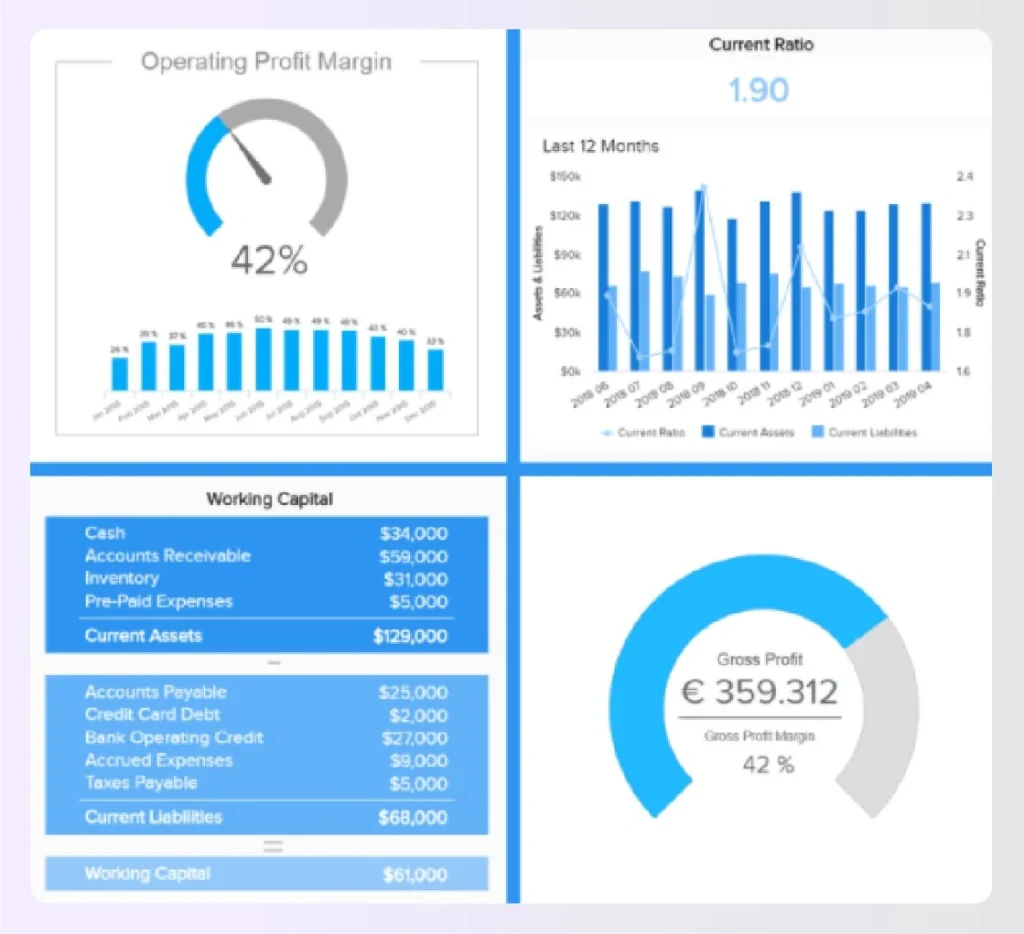
KPIs for Project management
1. Meet targets and deliverables
Create a schedule for your projects on computer software to master the deadlines of your projects. It will help you track your shipments and procurement processes. Using dedicated interior design project management tools can automate many of these interior design KPIs.
When you effectively meet your deadlines, it will ensure built trust with your customers and will improve your referrals. Your design manager is beneficial when it comes to tracking your order status report in detail as per each report.
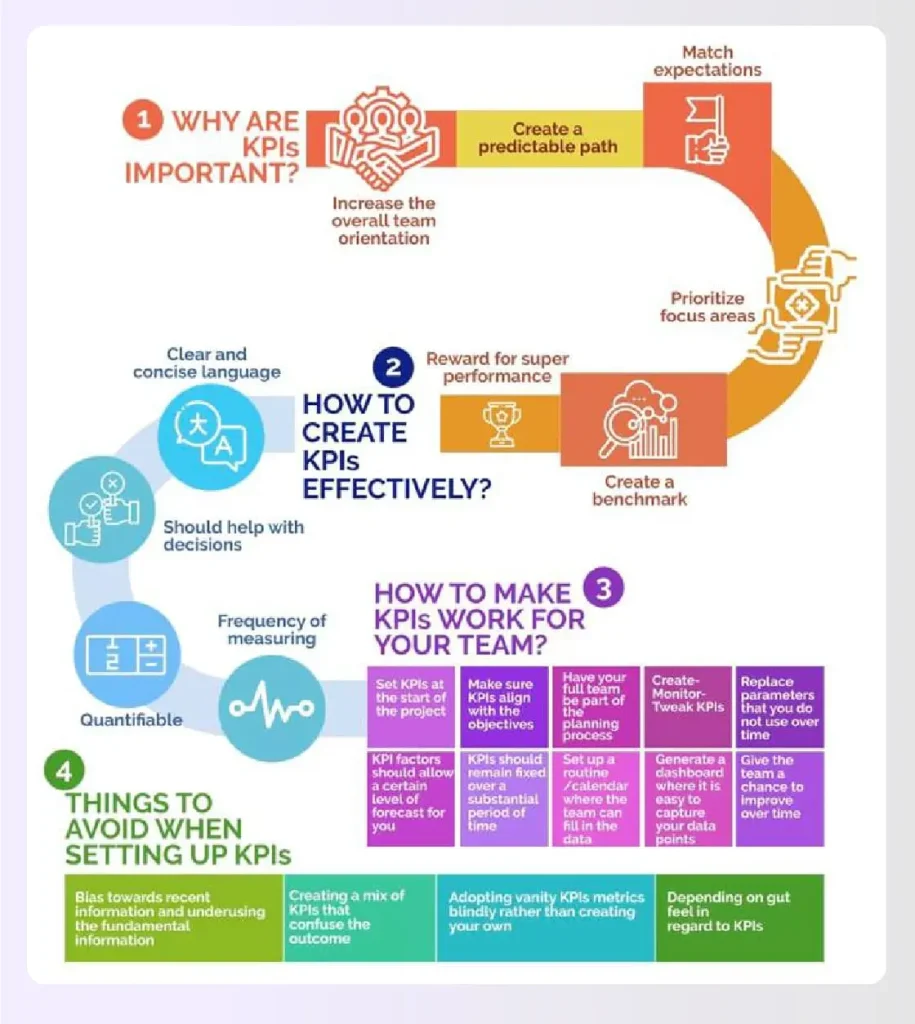
2. Payment schedules
Project management are related and entangled to work together. It’s essential to equally manage your accounts receivables and payables by checking on your delivery schedules. As a business owner, you will ease out the street in paying your suppliers and claiming your debts from the customers. Your accountants will work on the financial statements and will help you in cutting operational costs and saving on your revenues.
In interior design project management, the design business takes the deposit or sometimes the full amount to buy the product directly from the vendor as they collect the rest of the amount after installation. It implies the chain of payment needs to be managed systematically and promptly. The design manager should assist in tracking the payment report and purchasing the items.
Read also – Business Structure For Your Interior Design Business
3. Billing simply for clients
It can be difficult to measure the simplicity of the clients working with you in your new business. However, keeping an open communication line may help you understand. Also offering them an exit interview can help you gauge ion the customer satisfaction levels. Your digital manager can collect payments online through ACH or credit cards in a seamless process.
Your digital manager can also open an email account and link the payment and send it to the customer. They can also show them how to fill the process and complete it at the end. The design manager will then automatically enter the transaction in your bookkeeping records.
Read also – 10 Best Client Management Tips for Interior Designers
4. Allocation of personnel
It’s essential to check the task volumes you allocate to each individual. You can outsource certain tasks for a lower cost than producing. Some tracking aspects upon checking on the KPIs will require creative allocation of resources. It will help you weigh on the time spent on a client versus the income generated.
When you realize the profits are not at per with the effort utilized, it may indicate the problem does not lie in the team’s unproductiveness. It may be assigned unproductive resources and a call to use different incentives to improve efficiency. It is essential for your design manager to have tools to help track the employees’ productivity and time billing to quantify productivity.
Read also – How Designers Get Interior Design Clients On A Low Budget?
KPIs for Attracting clients
1. Utilize the customer conversion rate
It helps you to realize the number of customers that you interact with that later turn to potential paying clients. It also helps you track the number of emails, inquiries, phone calls and referrals are initiated and how many results in a sellout. It also keeps track of your repeat customers and how many old customers have shifted to other designers for future projects.
Read also – 13 Expert Tips To Get New Interior Design Clients
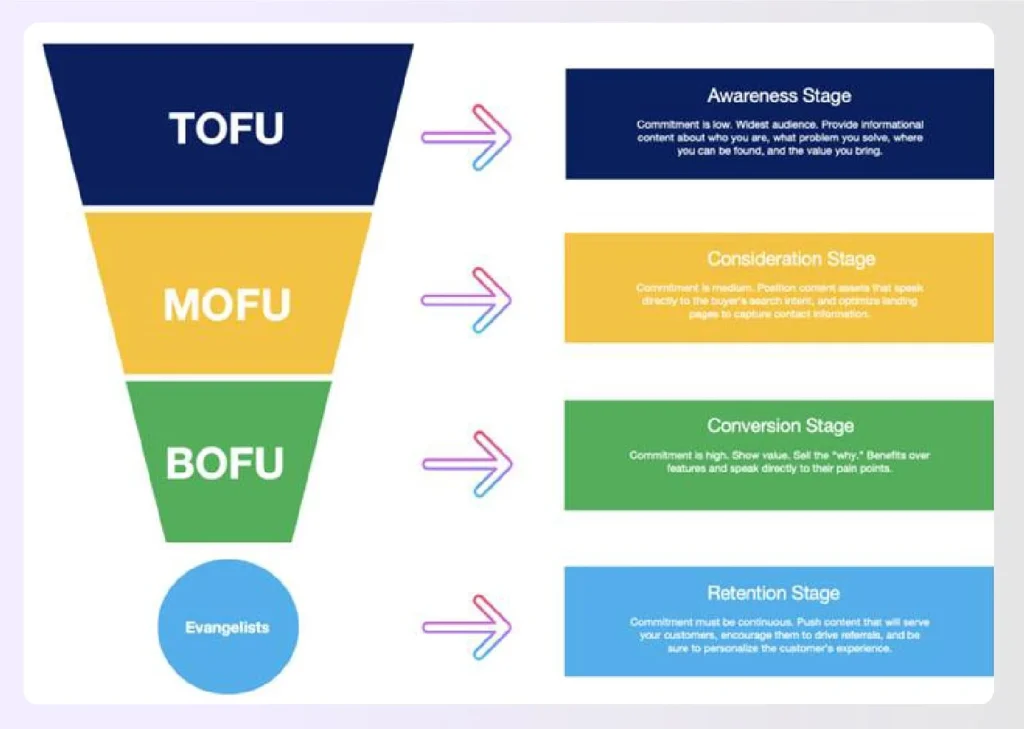
2. Social media engagement
Building a loyal social following is another tremendous investment. You can achieve it by posting regularly and keeping track of your engagement levels with your followers. You can also check how many customers contact you after locating you on social media. Your content marketing ideas should be directly tied to this important interior design KPI.
Read also – Best Social Media Platforms for Interior Designers
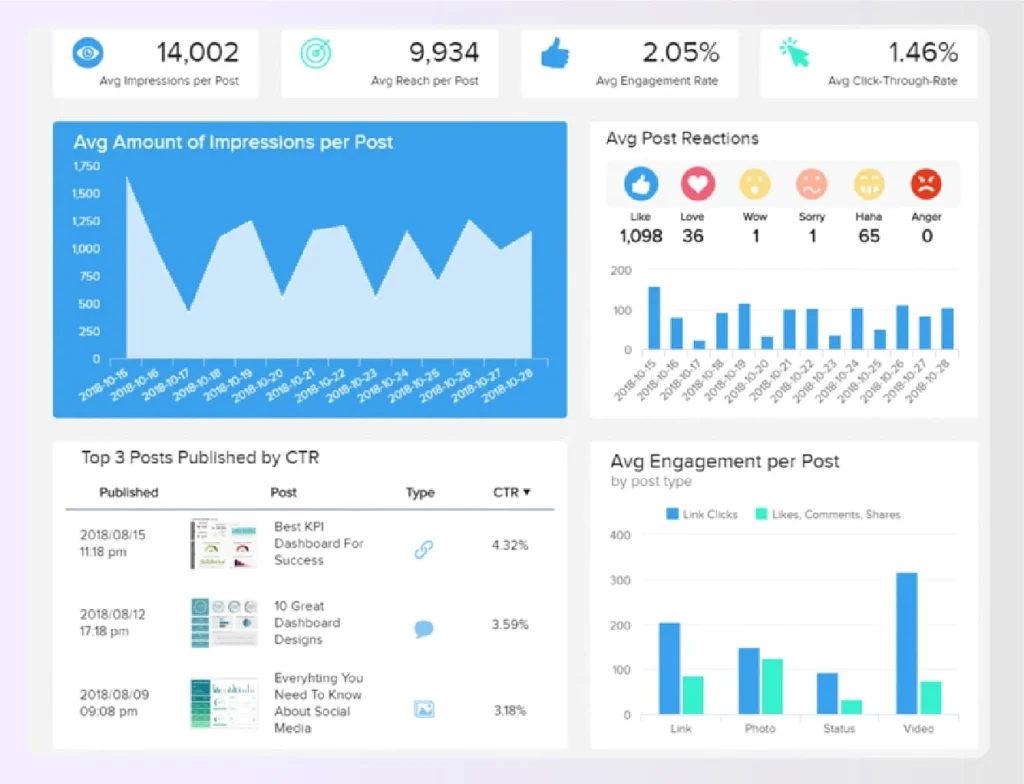
3. Website metrics
As the business owner, you will have complete website control on its flow of content and information that’s presented to the public. In order to know if it’s working, it’s critical to track your page views and the amount of time each viewer spends on each page on your site. It is crucial to also check on the bounce rate and the avenues driving traffic to your website. Knowing how to create an interior design website that converts is vital.
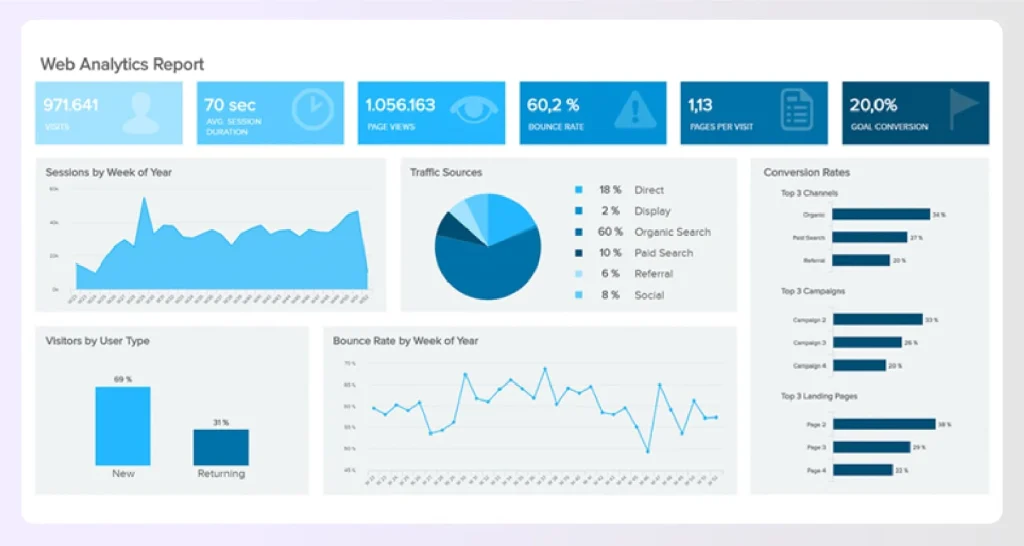
You can check if individuals are locating your site through the organic site or through digital ads, emails or social media. Locating your clients driving force and what is not keeping them is very crucial. These website interior design KPIs are essential. You can use the information gathered to your advantage to improve your customer experience.
With the Right Interior Design Software, You Can Build a Successful Business
Each stage of the interior design process will be made easier and more efficient if you have the correct business tools. Foyr Neo is a powerful interior design software designed specifically for you, the designer. With a set of powerful tools, you can go from idea to photo-realistic rendering in minutes, including:
- The option to select from thousands of pre-loaded objects such as furniture, plants, accessories, and more—or upload your own 3D models to produce the precise design your clients desire.
- On-demand production of 12K photo-realistic renderings.
- Advanced lighting and visualization options are available.
- Capabilities to do real-time 3D editing.
We enable designers to spend less time with software and more time with their clients by merging the capabilities of various tools into one platform. Foyr Neo is now available for a 14-day free trial, allowing you to explore the potential of infinite creation.
FAQs
What is the most common KPIs for interior designing?
The most common interior design KPIs fall into three categories. First, financial KPIs like profit margin, overhead multiplier, and utilization rate measure business health. Second, project KPIs track project timelines, budget adherence, and billable hours. Third, marketing KPIs measure client conversion rates, website traffic, and social media engagement. Tracking a mix of these provides a complete picture of your firm’s performance.
What are the 4 pillars of KPI?
The four pillars of effective KPIs (Key Performance Indicators) are often described as: Financial, Customer, Internal Process, and Learning & Growth. For an interior designer, this translates to:
1) Financial: Are you profitable? (e.g., net profit)
2) Customer: Are your clients happy? (e.g., conversion rate, testimonials)
3) Internal Process: Are you efficient? (e.g., project completion time)
4) Learning & Growth: Is your team improving? (e.g., utilization rate)
What are SMART KPIs when it comes to interior designing?
SMART is an acronym to ensure your interior design KPIs are effective. Specific (e.g., ‘Increase project profitability’). Measurable (e.g., ‘Increase profit margin from 20% to 25%’). Achievable (e.g., ‘Achieve this by reducing overhead, not by doubling prices’). Relevant (e.g., ‘This interior design KPI is relevant to our goal of financial stability’). Time-bound (e.g., ‘Achieve this by the end of Q4’).


